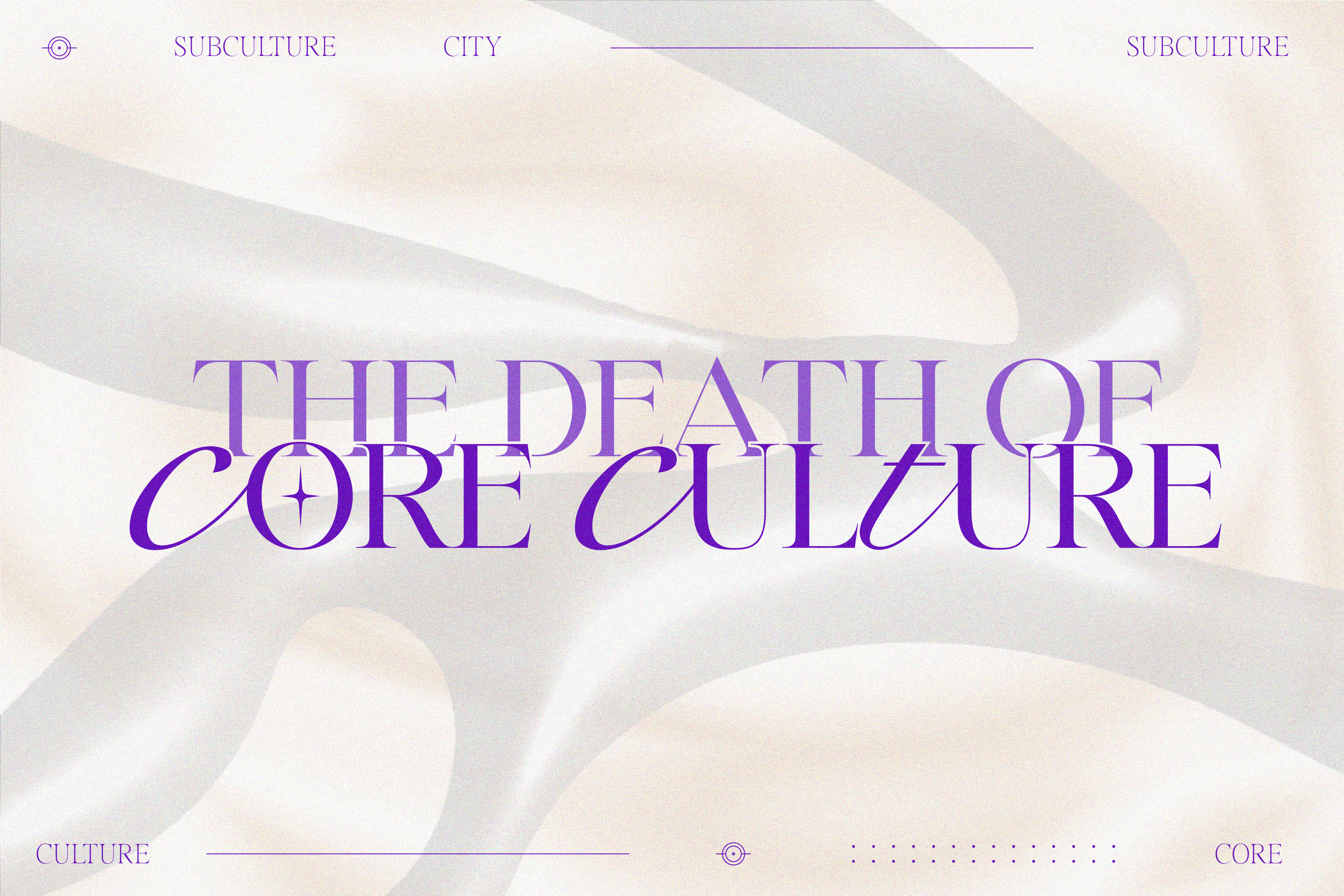I’m not kidding when I say the mall in my hometown is the worst one in the States. If not for the theater next door, I would never set foot on the shared sidewalk that leads to both buildings. Though one day, while I was in the vicinity, I passed by the mall’s entrance just as the local—and just as infamous—mall goths were escorted out of the premises by the security guard who hadn’t seen Paul Blart: Mall Cop to make it his personality. It wasn’t a strange or uncommon sight. The mall goths are displaced more often than not.
Perhaps the gauges in their earlobes were too gaudy and sent a poor old woman into a fainting spell, or they were playing an iteration of Good Boy Gone Bad that didn’t just burst their own eardrums but everyone else’s as well. Maybe one of them bit a security guard in the nose. I don’t know. I was too busy being a passenger princess; my attention turned to a group of girls that could have been on their way to a Gossip Girl-themed dinner or returning home from a private school. Their navy blazers and plaid skirts were personalized just enough to pass as an aesthetic but uniform and stylistically similar to indicate they bought and swapped accessories enough to be friends.
I force stories upon the individuals I people-watch, so I gave them this: security in fashion, a shared Pinterest board, and a group chat that was equal parts comforting and cultish, where they planned each other’s outfits in a meticulous manner. Very on ‘Wednesdays we wear pink’ if Mean Girls took the direction of Bunny by Mona Awad. It’s not a creative story to give girls in prep, but I am generic and so are they.
Don’t shoot me just yet. I love prep; I live prep; it’s essential for my aesthetic. And that’s all it is. An aesthetic. A hyphen core with a visual identity built by the internet as a collective. Pearlcore is everywhere, from jewelry to nails to home decor. Clowncore maintains its youth with stickers and bright clashing prints all over. Clean Girl gets to be rebranded to Soft Girl and Vanilla Girl and Cold Girl and honestly, at this point, just pick one. How many iterations of I like white and beige do we really need? Namecore has no higher purpose than solidifying what mood board we would belong to based on what we look like. It says nothing about your actual lifestyle and everything about your curated one.
In the ‘80s, Punk found creative freedom underground and in raves. ‘90s Japanese street style caught a glimpse of the power of fashion and identity with Harajuku, a style that became the epitome of community and expression. In 2014, Tumblr had… whatever was going on there. Fandom, conventions, upcycling, the makings of the Indie Sleaze we know today. These weren’t aesthetics dependent on the gazes of society but rather the gaze of the individual upon themselves. Sharing how you perceive the world with others instead of how the world perceives you. Fashion and beauty—just living—at its most introspective. Subcultures weren’t inherently solitary or performative; the speed at which trends burn and die out just turned it into something it wasn’t.
Sure, the styling was a whole phenomenon on its own, though what really sets these aesthetics apart is that they built a culture behind the fashion. Subculture is about being within the community even when your makeup is wiped off. It doesn’t end behind closed doors. It influences how you live and navigate through the world beyond superficial naming conventions for interests and treating personality as a commodity.
There is a reason people look back on these aesthetics with nostalgic undertones, why elements of each will always find their way back no matter where we are in a trend cycle. Culture doesn’t die out when the community remembers.
Words by Bri Shufford.
Graphic by Fai McCurdy.

